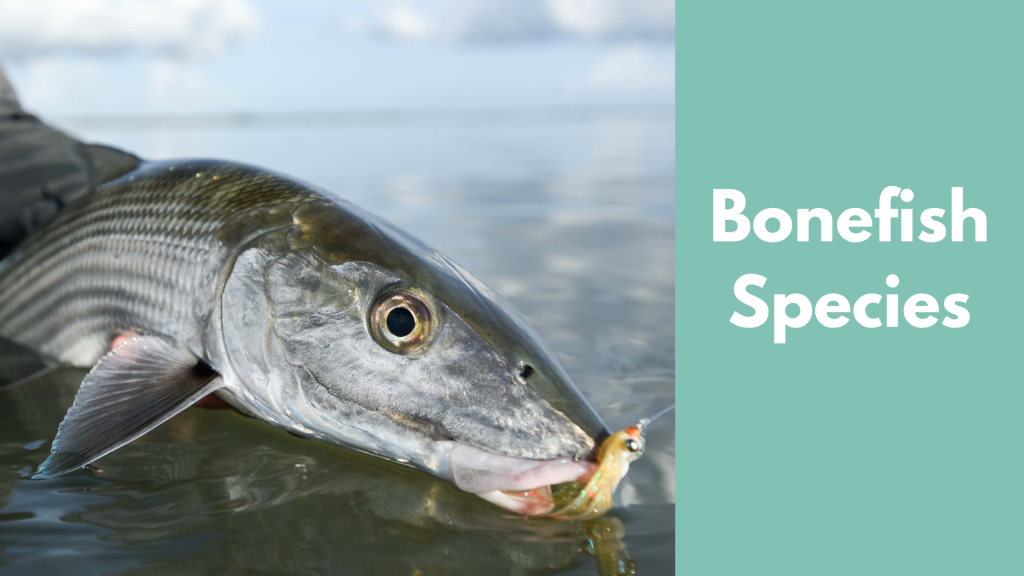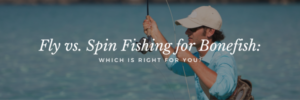Throughout the world, there are currently 11 known bonefish species.
Although there are several general characteristics that you can expect from bones, no matter where you encounter them or what type they are, slight differences in appearance and behavior can be found from one location to the next. Understanding these differences and knowing what to expect will ensure that every one of your bonefishing excursions is a success.
East Pacific
Eastern Pacific Bonefish are found in the coastal waters just off Mazatlan, Sinaloa. In Mexico, these fish are known as Macabi de hebra del Pacifico. Scientifically classified as Albula esuncula, these bones are relatively small in size and have slender, compressed, and silvery bodies. They have distinctive, orange pectoral and anal fins, an inferior mouth that stops short of reaching the eyes, and a conical head. They also have an overhanging, pointed snout. Their maximum length on record is 28 inches, and they’re typically found at depths of just 50 feet or less.
Atlantic
Albula vulpes is the best-known variety of bonefish throughout the world. These fish are found in the Bahamas, Florida, and Bermuda. However, they’ve also been found as far north as North Carolina, New Brunswick, and even New York. They’re usually schooling near river mouths, intertidal flats, and mangrove areas. They school in groups of hundreds of bonefish, and they’ve got a reputation for being easily spooked. Like Albula esuncula, these fish also have slender, compressed bodies, conical heads, and inferior mouths. However, their caudal fins are slightly forked, and their ventral profile is less convex than their dorsal profile.
Indian & South Pacific
The Indian Ocean has two species of bonefish. These are Abula glossodonta or roundjaw bonefish, and Abula oligolepis or smallscale bonefish. Roundjaw bonefish are found in turbid inner reefs and mudflats. They are extremely good at thriving in oxygen-poor waters and tend to school in relatively shallow areas. Their maximum length on record is an impressive 90 cm. They spawn in open waters, but they typically travel in smaller schools. They feed on small mollusks, crustaceans, and invertebrates that thrive along the flats.
Much like their name implies, smallscale bonefish have significantly smaller scales than all other bonefish species. They have a maximum recorded length of 35.4 cm and are typically found in the waters of Oman, Yemen, India, and Western Thailand. Both roundjaw and smallscale bonefish are also found in the South Pacific.








